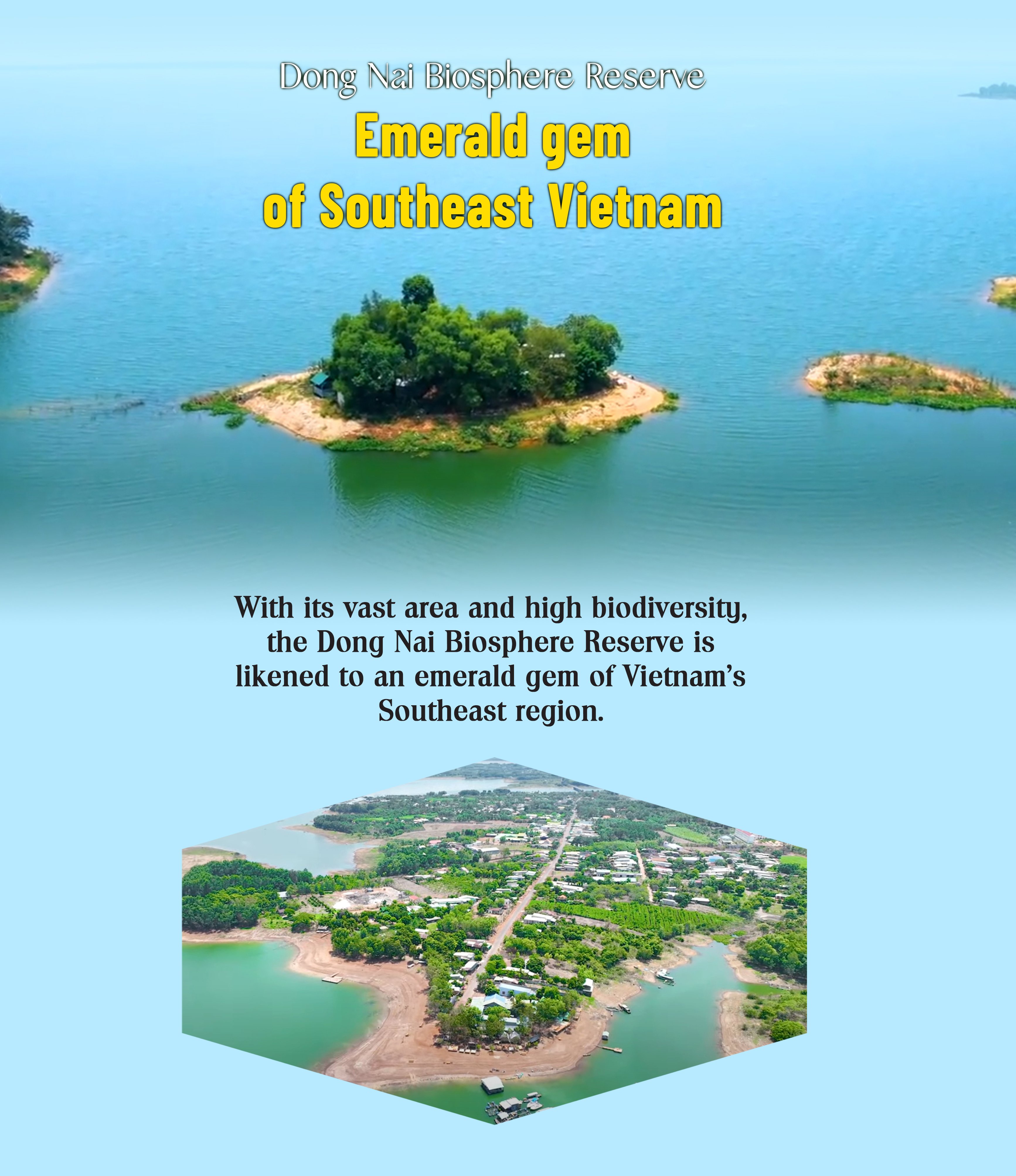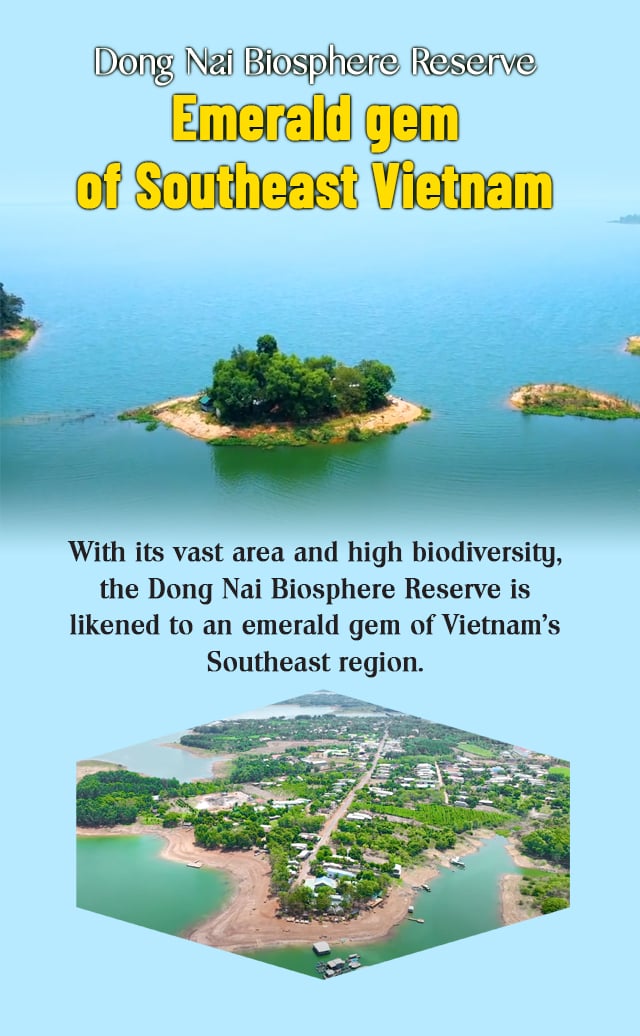
Most ecotourism and natural exploration enthusiasts in the Southeast region are familiar with Cat Tien National Park, Dong Nai Nature and Culture Reserve, and Tri An Lake, having visited each of these three locations at least once, as they are all located not far from Ho Chi Minh City. What these three famous tourist destinations have in common is that they are all located within the Dong Nai Biosphere Reserve, demonstrating the Reserve’s significance in terms of landscape and natural environment.
Situated in the heart of the Southeast region, the Dong Nai Biosphere Reserve was recognized by UNESCO on June 29, 2011, as the 580th Biosphere Reserve in the world and the 8th in Vietnam.
The Dong Nai Biosphere Reserve has a total area of 756,000 hectares and spans the provinces of Dong Nai, Lam Dong, Binh Duong, Binh Phuoc, and Dak Nong. Of this, 80% of the core zone is located in Dong Nai province.
The Reserve’s core zone covers 171,759 hectares of contiguous forest, comprising the Dong Nai Nature and Culture Reserve (100,571 hectares) and Cat Tien National Park (71,188 hectares). The buffer zone has an area of 286,247 hectares, while the transition zone encompasses 297,994 hectares.
The core zone of the Dong Nai Biosphere Reserve encompasses natural forests (the Dong Nai Nature and Culture Reserve and Cat Tien National Park), the Bau Sau Ramsar site (located within Cat Tien National Park), and inland waters (including Tri An Lake and adjacent sections of the Dong Nai River). The core zone also has special national historical and cultural relics and landmarks, including the Southeastern Party Committee Base, the Central Office for South Vietnam Base, Suoi Linh Tunnels, and scenic sites within Cat Tien National Park.
Notably, this is the last remaining area of tropical rainforest in Southern Vietnam, with numerous rare and endangered species of flora and fauna.
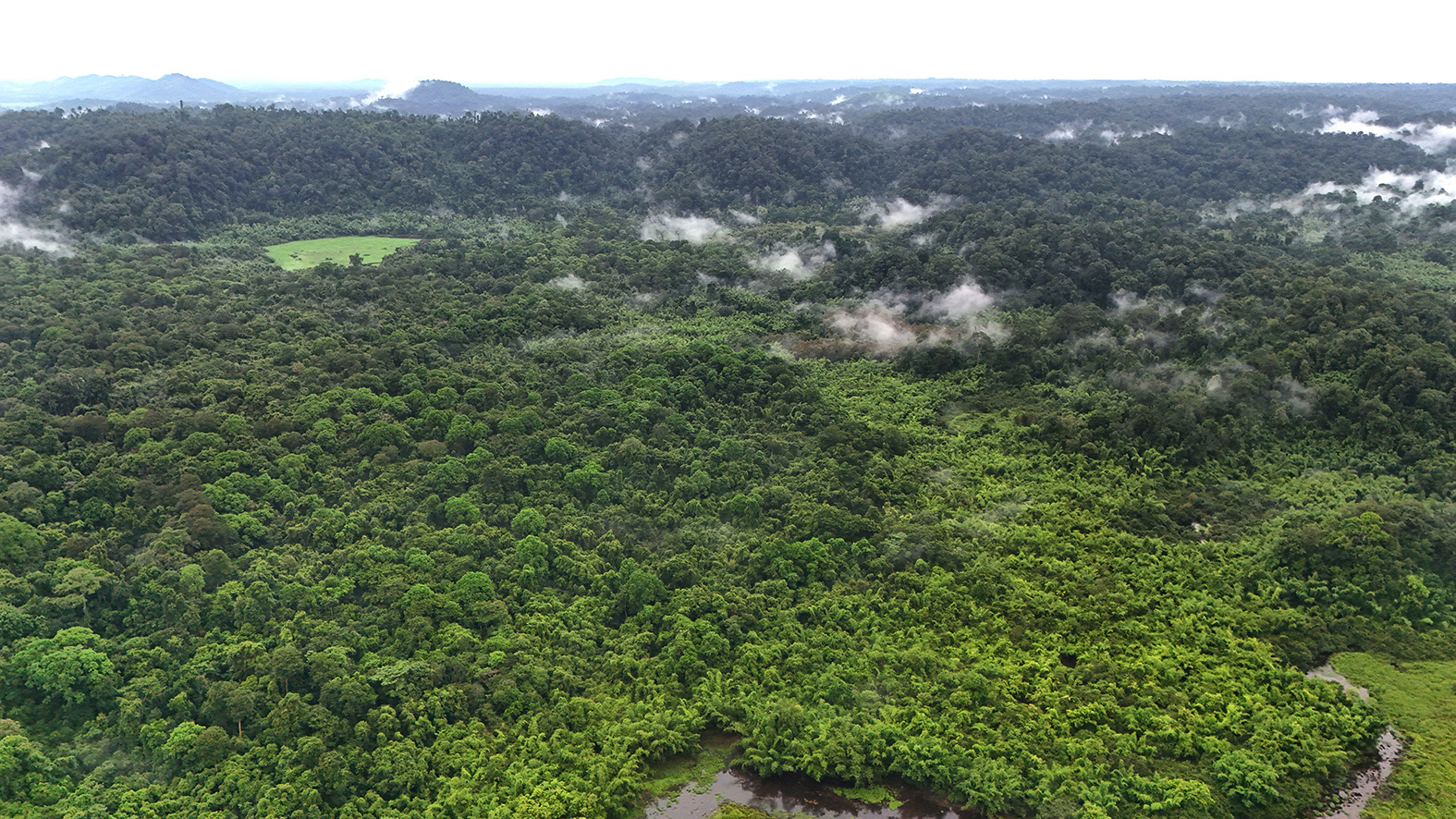

Situated at the transition zone between the Central Highlands and the Southern Delta, encompassing typical terrain types of the South Annamite Range, midlands, and southeastern lowlands, the Dong Nai Biosphere Reserve contains a wide range of habitats and some of the last remaining rare species in Southern Vietnam. Scientists have assessed it as a site of globally significant biodiversity.
According to the scientific study “Assessing Forest Restoring Succession in Dong Nai Biosphere Reserve,” a total of 2,376 species of vascular higher plants have been recorded, including many endangered and rare species such as Afzelia xylocarpa, Sindora siamensis, Dalbergia bariaensis, Dalbergia oliveri, Pterocarpus macrocarpus, Mesua ferrea, and Podocarpus neriifolius. Of these, 57 species are listed in the Vietnam Red Data Book, 140 species appear on the IUCN Red List, and six species are critically endangered and facing the risk of extinction in the wild.
The plant composition in the Dong Nai Biosphere Reserve is highly diverse. Woody plants account for 13 out of 18 forest plant life forms found in Vietnam, and they account for 40.9% of the total species recorded.
More than 1,200 medicinal plant species have been identified within the Dong Nai Biosphere Reserve. This represents an extremely valuable resource for pharmaceutical research and provides the foundation for establishing a national park to preserve medicinal plants in the Southeast region.
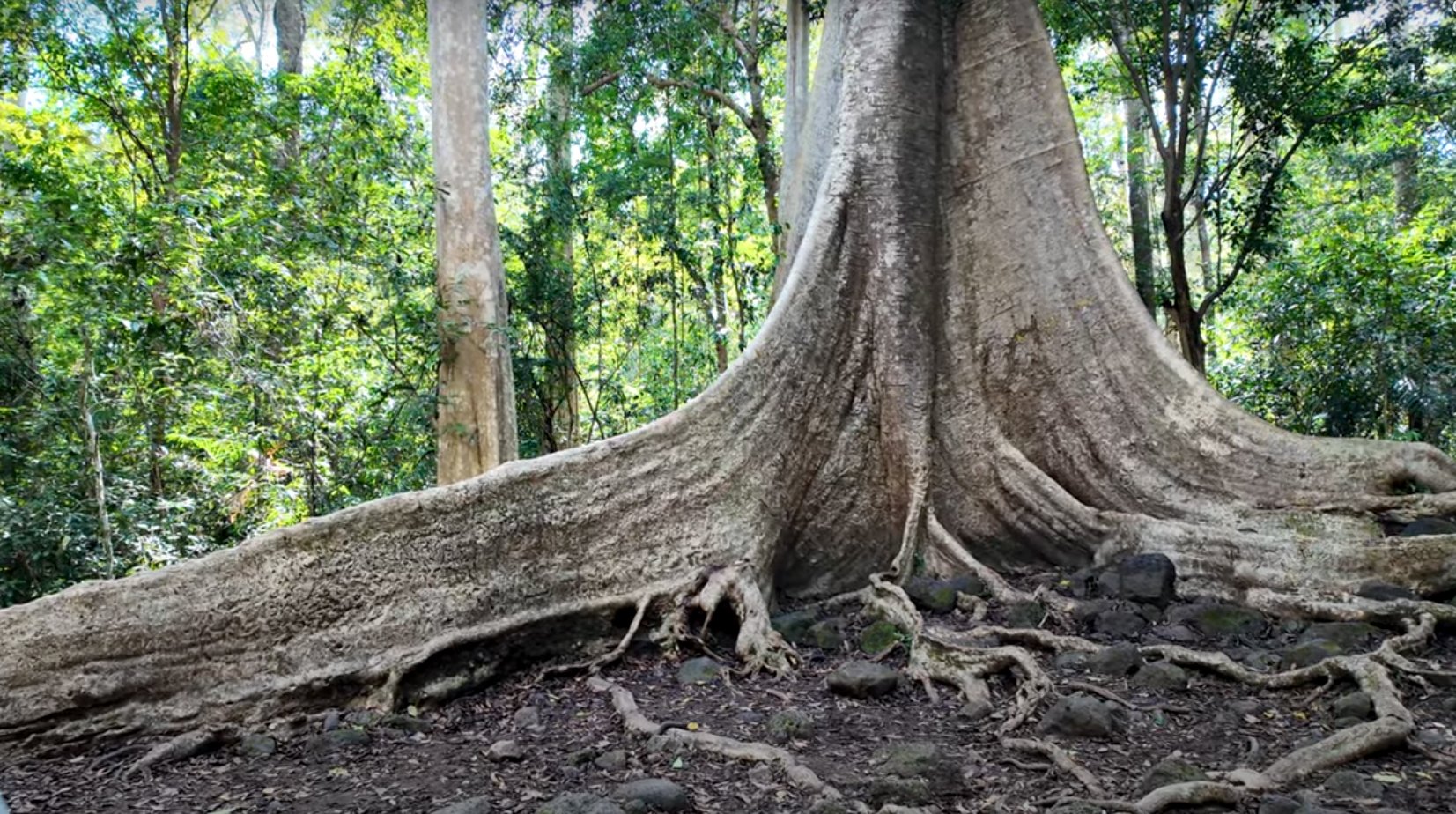

As of now, scientists have recorded 2,824 wildlife species within the Dong Nai Biosphere Reserve, belonging to 289 families and 57 orders. These include many rare and endangered species such as elephants, clouded leopards, sun bears, gaurs, black-shanked douc langurs, orange-necked partridges, Germain's peacock-pheasants, and grey-faced tit-babblers. Among them, 82 species are listed in the Vietnam Red Data Book, and 69 are included in the IUCN Red List.
Three mammal species that receive the most attention in the Dong Nai Biosphere Reserve are Asian elephants, gaurs, and primates. The Asian elephant population in the Reserve is stable, sustainable, and capable of growth, making it a key component in Vietnam's elephant conservation strategy.
The Dong Nai Biosphere Reserve is home to the largest gaur population in Vietnam. Therefore, the research and conservation of this large mammal species in the Reserve are always given top priority.
Dong Nai is one of the regions with high biodiversity in terms of primate fauna. Among them, the yellow-cheeked crested gibbon and the black-shanked douc are frequently observed in the old-growth forests of the core zone.
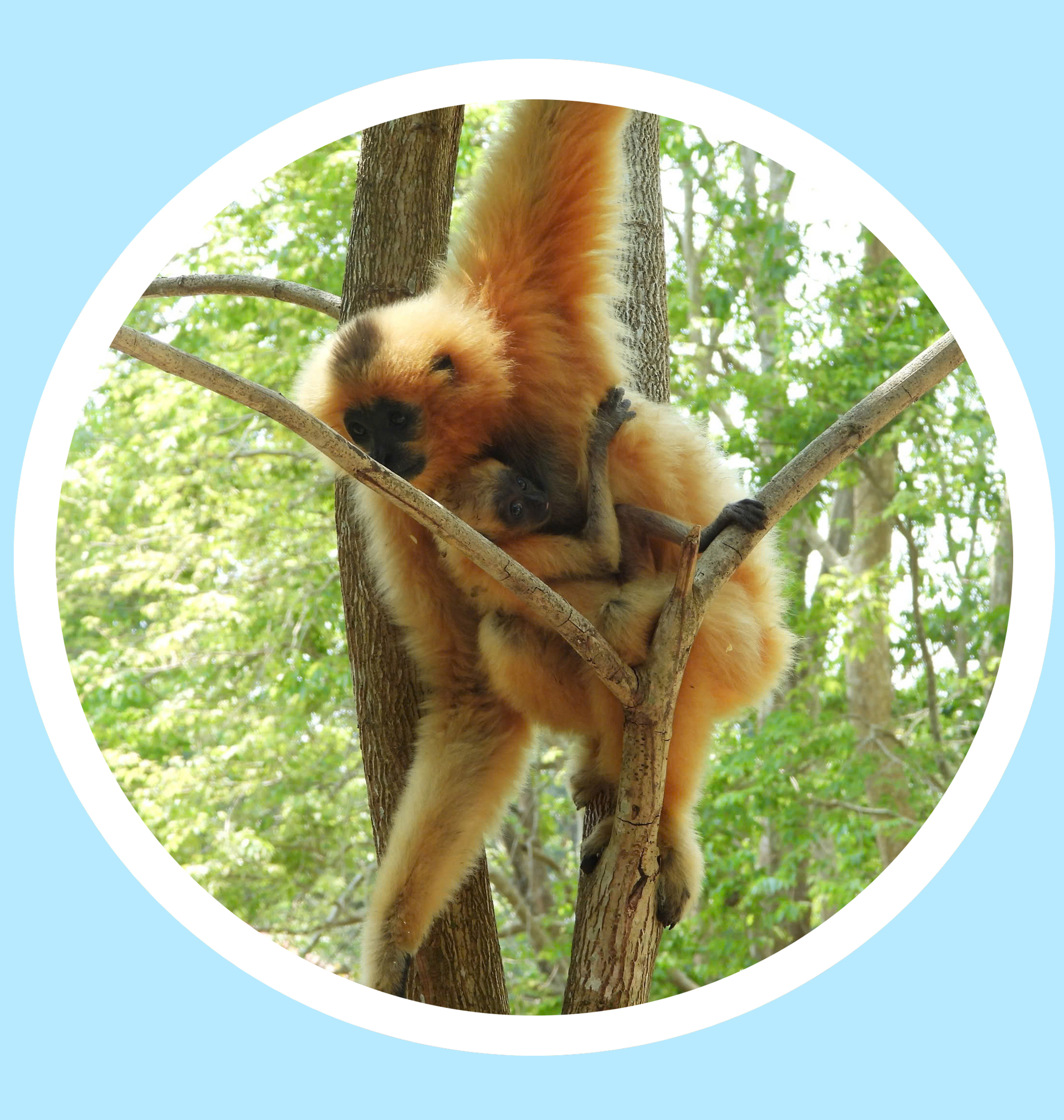
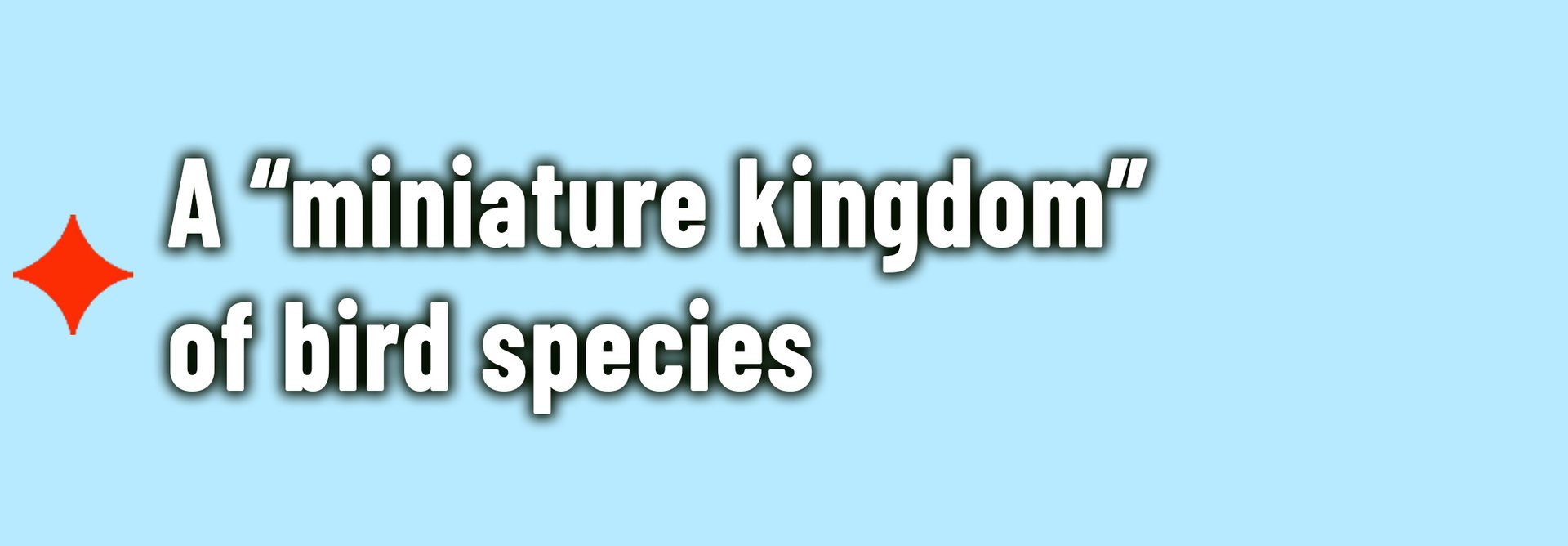
The Dong Nai Biosphere Reserve currently has 76 out of Vietnam’s 81 bird families. With 407 recorded species, in terms of species composition of the avifauna, the Reserve can be considered a “miniature kingdom” of Vietnam’s forest bird species. Among them are 17 rare species listed in the Vietnam Red Data Book, such as the woolly-necked stork, peafowl, lesser adjutant, white-shouldered ibis, white-winged duck, and orange-necked partridge.
The Dong Nai Biosphere Reserve has a diverse wetland ecosystem spanning over 35,916 hectares, including Bau Sau, Bau Chim, and the Tri An—Dong Nai inland wetland conservation area. It also includes an extensive network of rivers, streams, swamps, and lakes, resulting in a relatively large number of waterfowl species.
According to the Dong Nai Biosphere Reserve Management Board, the survey results from the project titled “Survey of List and Status of Key Species with Conservation and Economic Value in the Dong Nai Biosphere Reserve” recorded 41 migratory waterfowl species from 14 families. These include 7 migratory species, 20 resident species, and 14 species exhibiting both resident and migratory characteristics. Of conservation importance are six species: cotton pygmy goose (Nettapus coromandelianus), lesser adjutant (Leptoptilos javanicus), woolly-necked stork (Ciconia episcopus), oriental darter (Anhinga melanogaster), painted stork (Mycteria leucocephala), and Asian openbill (Anastomus oscitans).
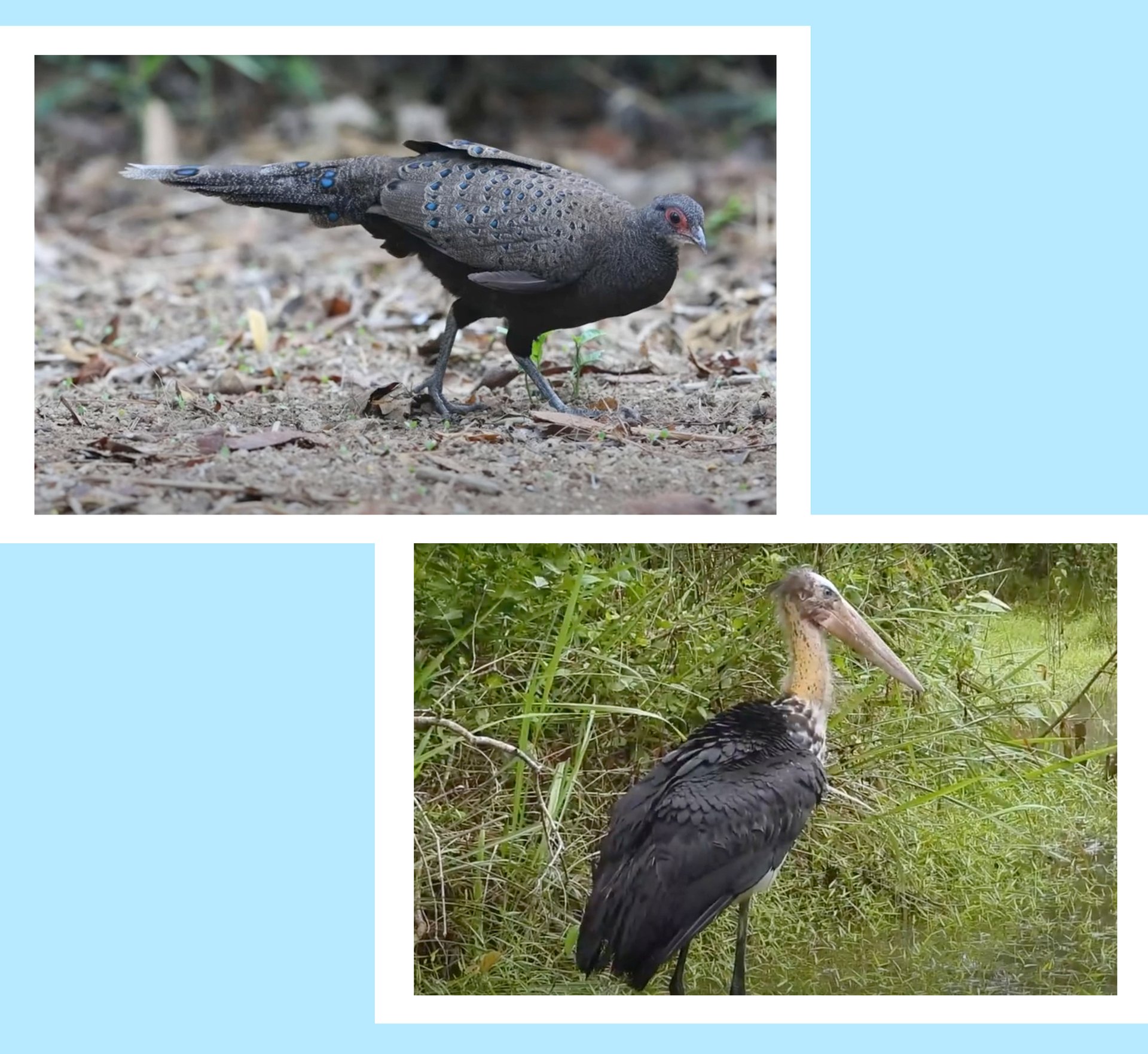
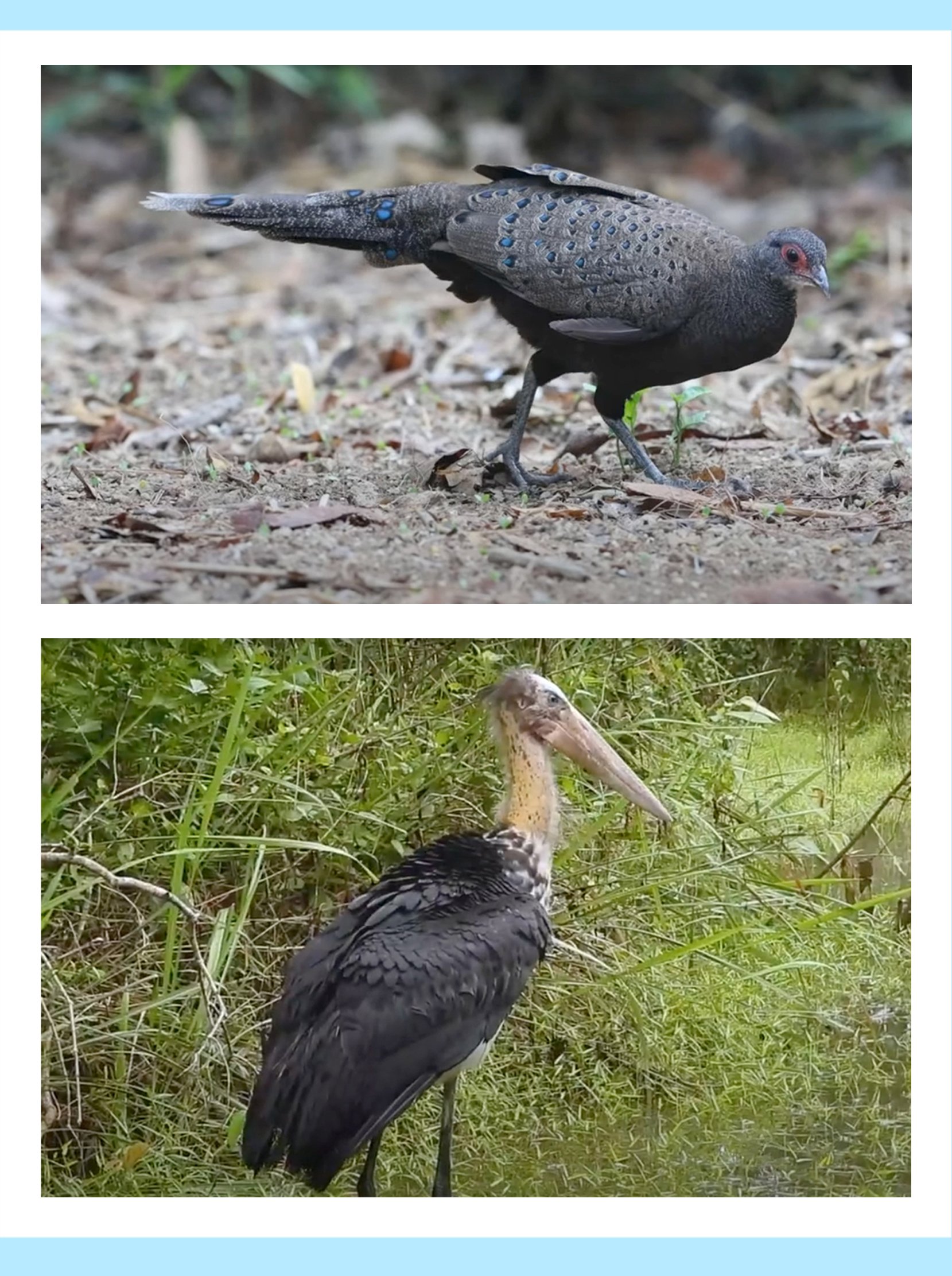

Tri An Lake, located within the Dong Nai Biosphere Reserve, is one of the largest man-made lakes in Vietnam and has high biodiversity value. The Biosphere Reserve also has numerous other water bodies, resulting in a highly diverse and abundant aquatic fauna.
According to a survey conducted by the Dong Nai Biosphere Reserve Management Board, a total of 114 fish species have been recorded inhabiting the water bodies within the Reserve. Among them, six species are listed as rare and endangered under the 2008 list issued by the Ministry of Agriculture and Rural Development (now the Ministry of Agriculture and Environment), and one species, Chitala ornata, is included in the 2007 Vietnam Red Data Book. Eight species are listed on the IUCN Red List (2020), including Ompok bimaculatus, Cosmochilus harmandi, and Chitala ornata.
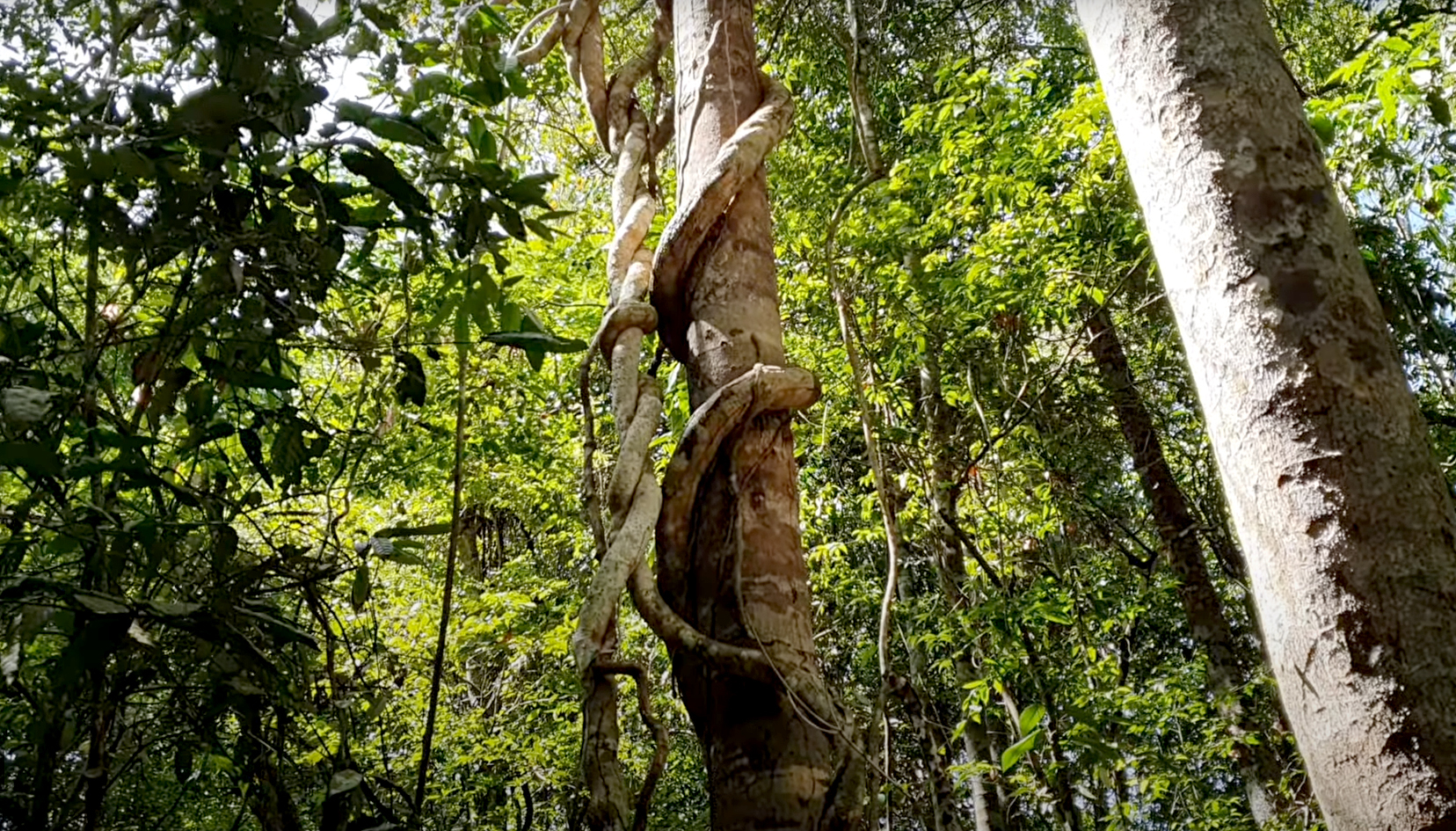
In 2008, the Tri An Lake area was designated as a provincial-level inland wetland conservation area under Decision No. 1479/QD-TTg dated October 13, 2008, issued by the Prime Minister. The aim is to protect the habitats of several fish species, such as Asian arowana (Scleropages formosus), Jullien’s golden carp (Probarbus jullieni), Cosmochilus harmandi, Tor tambroides, Siamese tigerfish (Datnioides microlepis), seven-spot archerfish (Toxotes chatareus), Bagarius bagarius, and giant snakehead (Channa micropeltes).
In addition to its functions in power generation, water storage, and salinity control during the dry season, Tri An Lake also plays a vital role in protecting, restoring, and regenerating aquatic resources, scarce aquatic species. Furthermore, the lake contributes to climate regulation in the region and water management for agriculture, industry, domestic use, aquaculture, and the exploitation of aquatic resources.

Beyond its significant natural and environmental values, the Dong Nai Biosphere Reserve also holds a rich and diverse treasure of cultural and historical heritage, including relics that date back thousands of years.
In recent times, archaeologists have discovered numerous sites dating back thousands of years on the left bank of the Dong Nai River within the Dong Nai Biosphere Reserve. Archaeological traces indicate that an ancient civilization once existed in this area, with the Cat Tien Sanctuary being a prominent example.
The Cat Tien Sanctuary is an archaeological relic complex discovered in 1985, located in a basin of several hundred hectares and stretching approximately 15 kilometers along the Dong Nai River. Excavations have uncovered more than 1,000 artifacts made of various materials such as gold, silver, bronze, gemstones, and ceramics. The artifacts are diverse in form, including Linga–Yoni symbols, statues of the deities Ganesa and Uma, rings, beads, embossed gold leaves depicting various gods, and sacred animals associated with Brahmanism. Notably, 265 gold relief fragments were engraved with motifs described as the “maze of deities,” using sunken gold engraving and repoussé techniques. The gold fragments depict figures with multiple heads and arms, as well as monkey-like beings, which are hypothesized to represent characters from the Indian epic Ramayana, such as the monkey god Hanuman and the demon king Ravana.
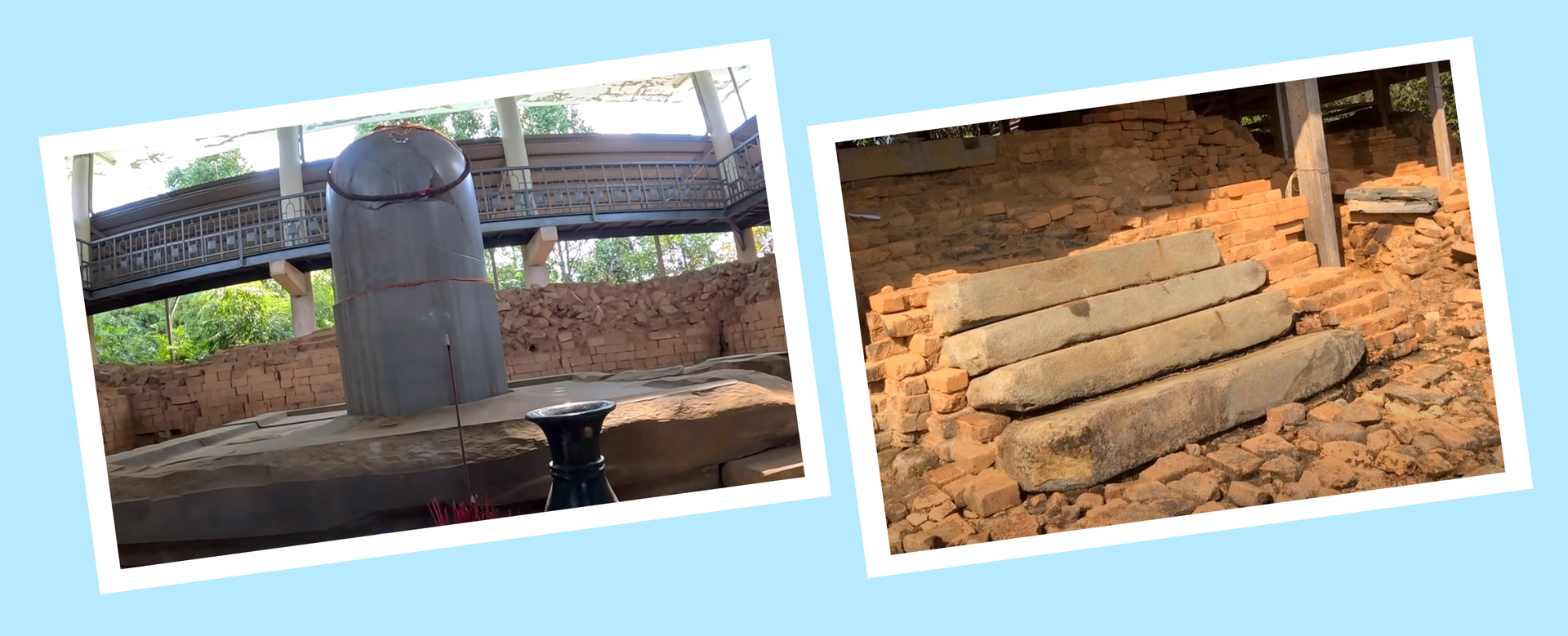
Among the artifacts collected during archaeological excavations, the most remarkable and abundant in terms of material and form are the sets of phallus symbols, including Linga, Linga–Yoni, and Yoni, made of gold, silver, bronze, quartz, stone, and terracotta. Notable examples include the smallest gold Linga in Southeast Asia; the largest single-piece quartz Linga in the region, measuring 25 centimeters in length and weighing 3.435 kilograms; a finely crafted bronze Linga modeled after the cylindrical shaft of a three-tiered stone Linga; the largest stone Linga–Yoni set in Southeast Asia, measuring 2.26 meters in length; and the tallest Linga in Vietnam, standing 2.1 meters high with a diameter of 80 centimeters.
The architecture of the remains at Cat Tien comprises various structures such as temples, stupas, altars, water channels, and longhouses. All temples face east, and in front of each is a large brickyard used for rituals, with brick-paved pathways extending to the riverbank and connecting the relics within the complex.
All the bricks used in these structures were made of terracotta and crafted in various sizes to suit different positions and functions. The decorative motifs are diverse, featuring geometric patterns, lotus flowers, representations of Mount Meru, and stylized foliage.
Based on the architectural forms and unearthed artifacts, scientists have confirmed that the Cat Tien Sanctuary was a religious center influenced by Hinduism and represents the remnants of a distinctive ancient civilization. The Cat Tien Sanctuary is believed to have undergone at least two phases of development. The early phase, marked by traces of habitation and burial sites, dates from the 4th to 6th centuries AD, or possibly as early as the 3rd century AD. The later phase spans from the 7th to the 10th centuries AD.
The builders of the Cat Tien Sanctuary have been identified as Indigenous peoples who had long inhabited the Southeast region and the southern Central Highlands. They were part of a multi-phase cultural complex within the Southeastern metallurgical center and had close ties to the Oc Eo, post-Oc Eo period and the Champa culture.
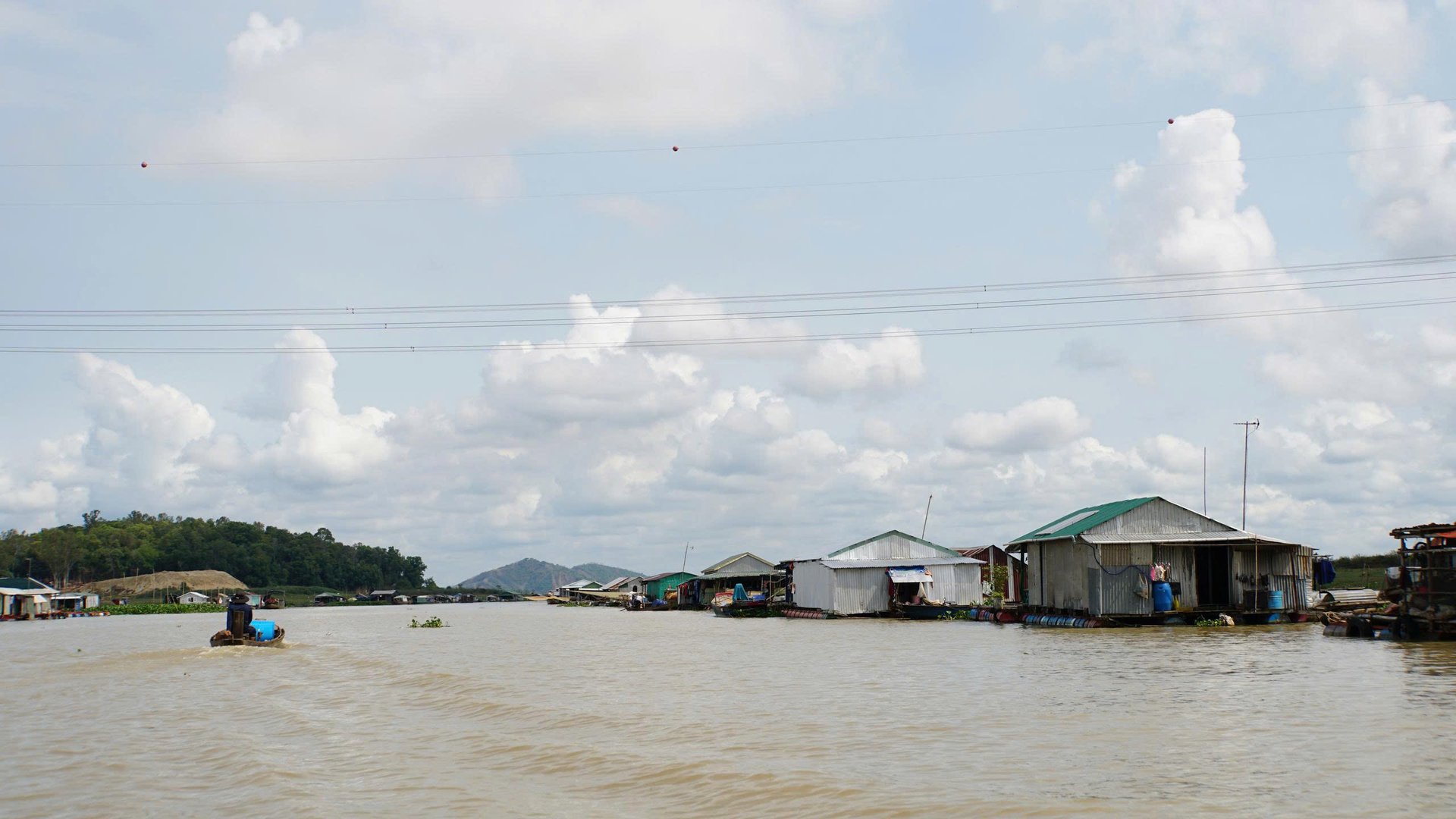

The Dong Nai Biosphere Reserve is home to more than 30 ethnic groups, including the Kinh in the lowland plains and indigenous communities such as the Stieng, Chau Ma, and Choro, who have inhabited the area for centuries and preserved valuable traditional practices in harvesting and utilizing products from the tropical forest. In addition, several ethnic minority groups, including the Tay, Nung, and Dao, have migrated to the Reserve from northern provinces.
These ethnic communities still maintain many traditional practices and resource-use experiences based on spiritual beliefs, along with notable customs and festivals. Unique conventional customs and festivals include the Sayangva Rice God Worship Festival, the gong culture of the Choro people in Ly Lich, rain-calling ceremonies, and the customs of the Chau Ma and Stieng communities in Ta Lai.
The local population is scattered across small settlements, living interspersed within forested areas. Their main livelihood is agriculture, which is generally low in intensive cultivation and limited in farming techniques. Crop yields remain heavily dependent on natural conditions, and traditional practices still rely on forest resources.
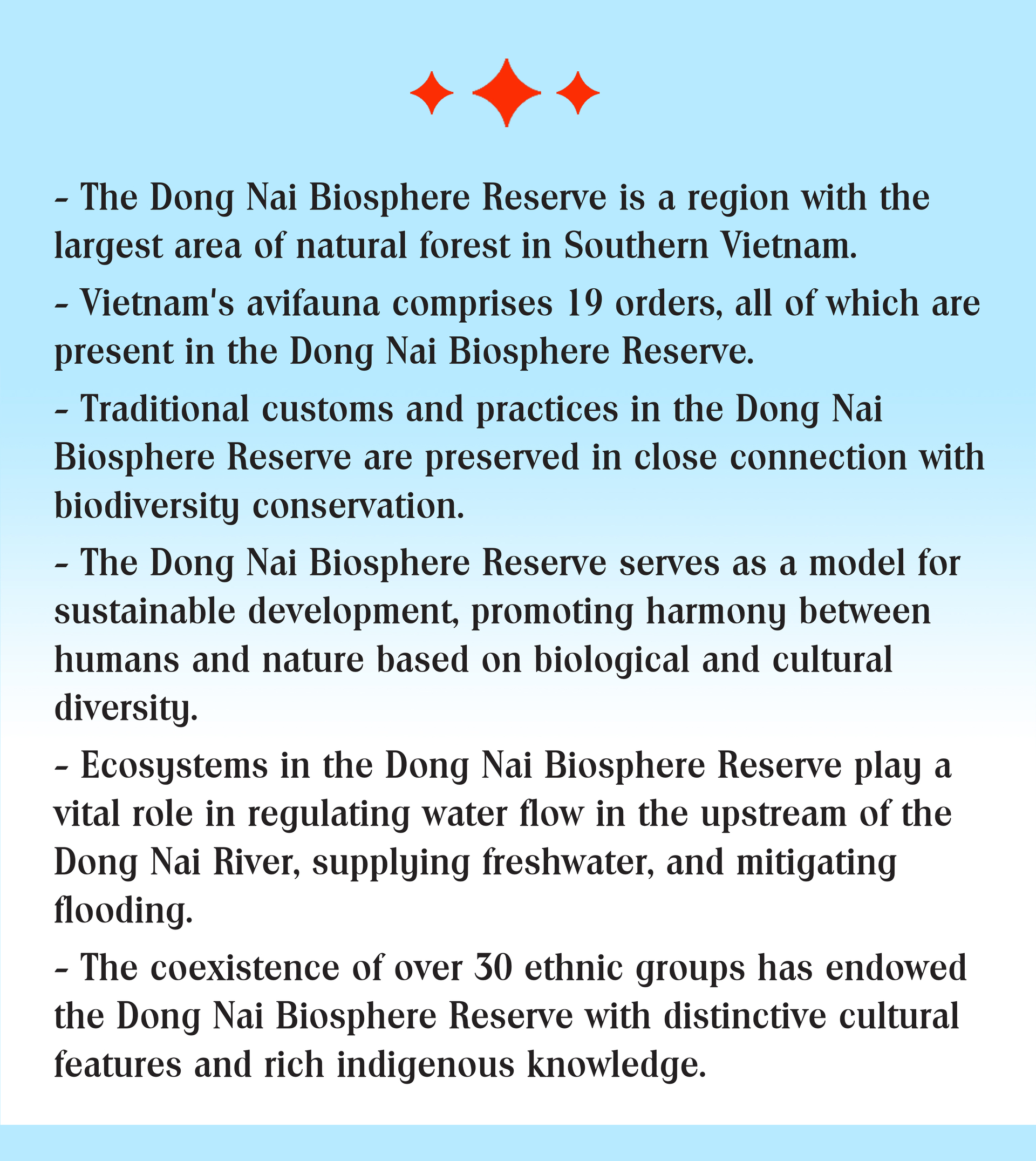
Agriculture remains the key production sector for communities living within the Dong Nai Biosphere Reserve, with over 90% of the population engaged in farming. The region’s farming systems gradually shift from monoculture to intercropping short-term and long-term crops, combining food crops with fruit trees. However, most practices are still spontaneous and unsustainable, with low productivity and high risks. Additionally, due to fluctuating market prices and the lack of stable output, the economic efficiency of agricultural production remains low, even in years of good harvests.
Livestock production is another important source of income for local residents; however, it remains underdeveloped in the region. Livestock production is primarily based on household farming, with a focus on raising poultry and cattle.
Within the Dong Nai Biosphere Reserve, approximately 1,000 households make a living from fishing, primarily concentrated around Tri An Lake. In addition, there are over 600 fish farming cages on the lake operated by local households, cultivating species such as snakehead, red tilapia, catfish, and carp. Recently, the Dong Nai Biosphere Reserve Management Board has invested in implementing the project “Survey of List and Status of Key Species with Conservation and Economic Value in the Dong Nai Biosphere Reserve.” The project aims to identify species of conservation and economic significance, thereby guiding local communities living on and around Tri An Lake in developing their livelihoods, improving living conditions, and raising awareness of conserving rare species.
Forestry is also a source of livelihood for a segment of the population in the Dong Nai Biosphere Reserve. In the past, forestry land was allocated to local households by forest managers according to a government decree for afforestation under the “self-plant, self-benefit” mechanism, as well as through Program 327 and Program 661. The main tree species cultivated include Acacia auriculiformis, along with smaller areas planted with khaya and chinaberry, either as monocultures or intercropped with Hopea odorata and Dipterocarpus alatus. Since 2000, thanks to the enhanced application of scientific and technological advances, forest-growing households have adopted fast-growing hybrid acacia varieties propagated by cuttings, which feature short business cycles and have brought high economic efficiency to forest farmers.


